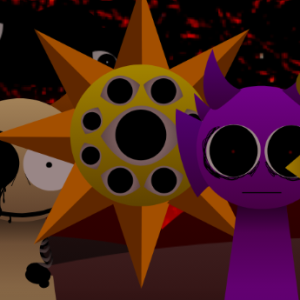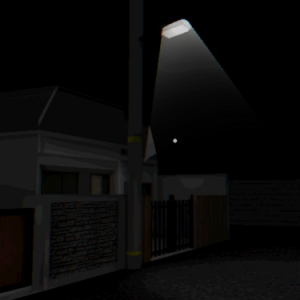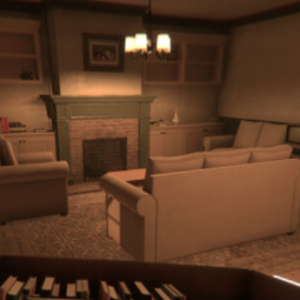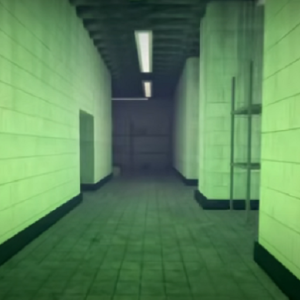Similiar games
In Who’s at the Door, players step into the role of a person confined to a dim and minimalistic home. There are no clear explanations, just the sound of a doorbell that breaks the silence. The house is small, the outside world is never shown, and your main point of interaction is the front door. The game creates a sense of routine that gradually becomes unstable. Each new knock might bring comfort or fear, but you can never be sure.
The Meaning of Each Decision
Throughout the game, the player is asked to make simple but meaningful choices. You can answer the door, remain silent, or take pills that are periodically offered. These decisions are recorded silently by the game, influencing what happens next. There are no tutorials or obvious guides—only quiet moments where your trust is tested again and again.
Choices include:
- Opening the door or ignoring it
- Taking pills that may change your perspective
- Examining small changes in your surroundings
- Trying to recall the past through fragments
- Listening carefully for signs of danger or safety
Days That Feel the Same
The experience is structured in short loops, where each new day may seem identical to the last, but small differences begin to appear. Furniture may move, colors might shift, and voices behind the door change in tone. These subtle variations are central to the storytelling, encouraging the player to notice and reflect. The monotony is part of the design, gradually turning comfort into discomfort.
A Puzzle Made of Thoughts
Who’s at the Door does not rely on traditional horror elements. There are no enemies, no combat, and no jump scares. Instead, the threat is uncertainty. You are left to wonder whether the game’s events are literal or symbolic. The setting and story become tools for exploring the mind of someone who may be experiencing isolation, trauma, or illness. The player’s interpretation shapes their understanding of what is happening.
One Hour, Many Interpretations
Although the game can be completed in under an hour, it encourages multiple playthroughs. Each ending reveals a different possibility, none of which feel like absolute truth. Who’s at the Door is less about winning or escaping and more about reflection. It asks the player to consider what they believe, what they fear, and what it means to face something unknown on the other side of a door.




















